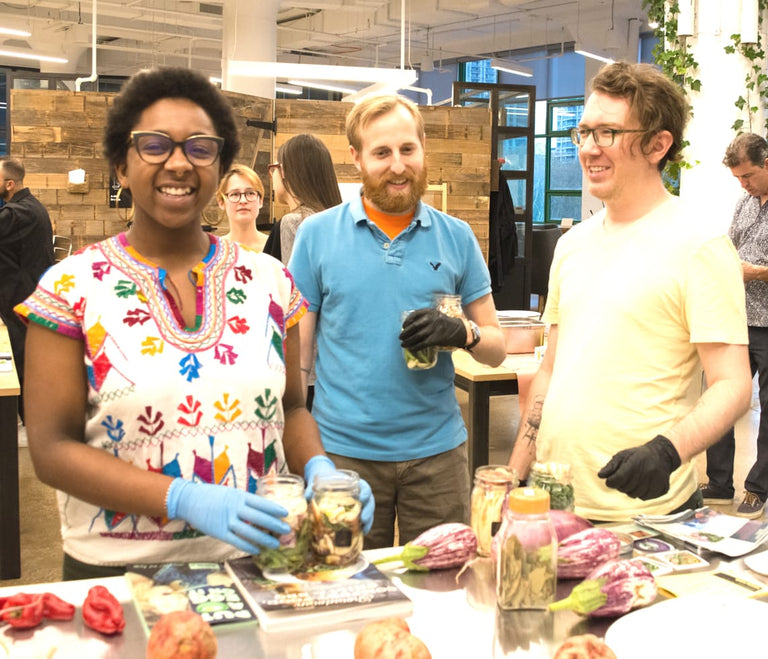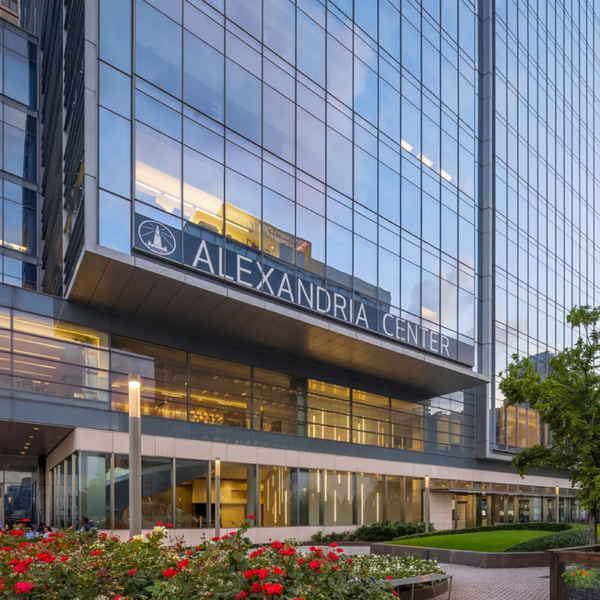Cows Fight Climate Change
Cows often get a bad reputation when it comes to talking about climate change, but in reality, it comes down to how not the cow. Opting to use responsible grazing methods – such as those practiced by Local Roots cattle farmer Stephen of Acabonac Farms – actually helps sequester carbon dioxide in the atmosphere.
Carbon sequestration reduces greenhouse gas emissions by capturing carbon dioxide from the atmosphere and storing it in the soil, plant biomass, oceans, or the forest for an extended period of time. By mindfully adopting sustainable grazing methods, cows have the ability to drive this effect, thereby combating climate change, rather than contributing to it via methane emissions.
How do cows sequester carbon?
Cows that engage in multi-paddock grazing help to reduce global warming. The best way to support this type of farming is to opt for grass-fed, pasture-finished beef. Because of its positive environmental impacts, multi-paddock grazing is a standard for all meat farms with which Local Roots partners.
Multi-paddock grazing refers to the practice of frequently moving herds from one area to another. This drives soil carbon sequestration, as the practice of rotational grazing permits cows to naturally fertilize the soil, which subsequently promotes the growth of organic matter in the soil.
Cow manure positively drives the decomposition in soil by naturally warming it through the contribution of organic matter and beneficial microorganisms. Additionally, excess atmospheric nitrogen often accumulates in grasses, which cows munch on, creating space and resources for wildflowers to grow, lowering the nitrogen levels in the ecosystem (1). In a recent study, it was found that this soil carbon sequestration offset the methane emissions from cattle, the greatest evil consumers often hear about in the media (2). Additionally, by using “marginal land” that is unfit for producing nutrient-rich food, grass-fed cattle can improve food security, and establishing permanent pastures in these areas can sequester carbon at high rates, comparable to forests (3).
It's a well-calculated art form
Here at Local Roots, we specifically partner with farms that use multi-paddock grazing in order to promote the sustainable consumption of meat. At our partner farm Acabonac Farms, located on Long Island, farmer Stephen Skrenta moves cattle herds periodically to best care for the land they occupy, as the maintenance of good soil health is their first priority. It is not just about moving the animals – the density of the herd, the size of the paddock, and the rate of rotation all need to be regularly monitored. The growth rate of grass varies by season, so the frequency of cattle rotation consequently varies, taking the current conditions of the soil into consideration in order to best maintain it. Skrenta explained that “[they] never work against Mother Nature, or overwhelm it”, meaning that they constantly re-evaluate and readjust their grazing practices to keep the entire farm ecosystem functioning at the highest level, a practice he refers to specifically as “management intensive grazing,” in which the focus rests on management, rather than grazing. According to him, “there’s no bad” associated with rotational grazing; it is good for the environment, good for the animals, good for consumers, good for the community, and has a great potential for profit if properly executed. We are proud of our partners like Acabonac Farms and are so excited to share their products with our clients.

Side-by-side comparison of a conventional farm (left) and our partner farm, Acabonac Farms (right). On farms like Acabonac Farms, cows have space to roam around and graze as they please, whereas conventional farms confine cows to close quarters and feed them through shared troughs.
Works Cited
(1) Barry, Sheila. “Understanding Working Rangelands: The Benefits of Grazing – Livestock Grazing: A Conservation Tool on California’s Annual Grasslands.” University of California Agriculture and Natural Resources, no. 8517, Apr. 2015.
(2) “Proper Grazing Practices Can Help in the Battle Against Manmade Climate Change.” Acabonac Farms, Acabonac Farms, 11 Mar. 2019, acabonacfarms.com/blogs/in-the-field/proper-grazing-practices-can-help-in-the-battle-against-m
anmade-climate-change.
(3) Stotts, Donald. “Carbon Sequestration a Positive Aspect of Beef Cattle Grazing Grasslands.”
Division of Agricultural Sciences and Natural Resources, Oklahoma State University, 2020, www.dasnr.okstate.edu/Members/donald-stotts-40okstate.edu/carbon-sequestration-a-positive-as
pect-of-beef-cattle-grazing-grasslands.
Rather have a taste first?
Local Roots Experiences are fun, pop-up events where we bring the farm to you!

Become a Harvest Club Pick Up Location
Are you a NY based cafe, bar, or neighborhood business? Become a Harvest Club pick up location and have community members come to your establishment each week to pick up their Local Roots harvest.
Top






